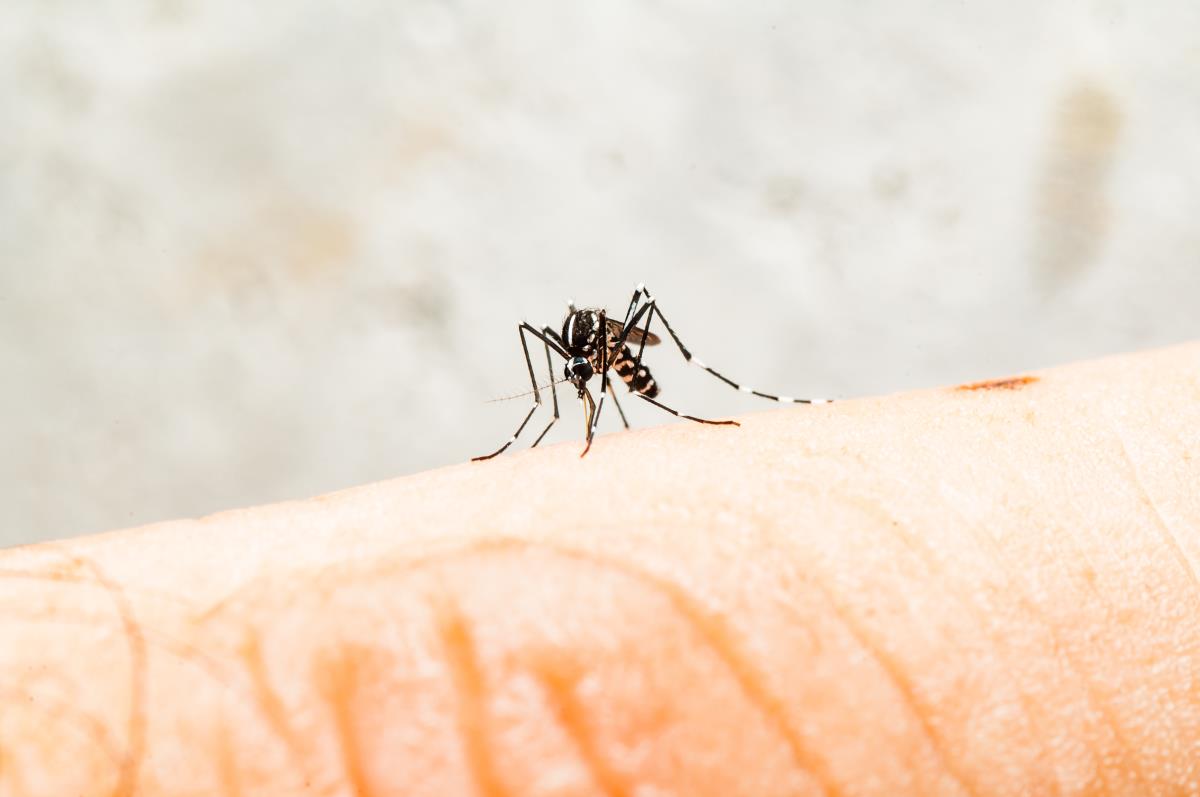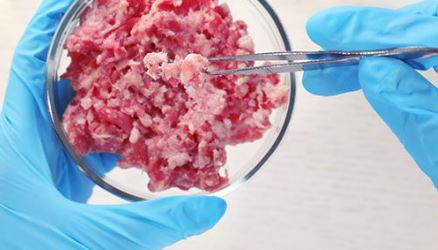
In the algae technical facility at the Technical University of Munich in Germany, a team of researchers led by biotechnology professor Thomas Bruck found that algae could be used as an eco-friendly material for making polyacrylonitrile (PAN), the precursor for approximately 90 percent of today's carbon fiber production.
There is a great demand for carbon fiber in the aerospace and construction industries because it is lighter and stronger than steel. Unfortunately, carbon fiber is produced, almost exclusively, from finite resources, such as crude oil and natural gas.
Given a more eco-friendly material like algae, scientists may begin to produce a more environmentally friendly version of carbon fiber for manufacturing aircraft components, reinforcing infrastructures and producing high-performance vehicles, among many others.
Sustainable production of “green” carbon fiber
Earlier studies and projects have explored the use of algae in the production of biofuels, supplements and even medicines. But little is known about the potential of these aquatic organisms as raw material for infrastructure.
To this end, Bruck and his colleagues developed a process that uses halophilic algae – algae that thrives in high salt concentrations – to remove carbon dioxide from the atmosphere and make carbon fiber.
The process involves several stages. First, the algae transforms carbon dioxide from the atmosphere, power plants or exhaust fumes from factories into biomass, an organic material used as a renewable energy source. This biomass is then transformed into algae oil.
One of the products derived from algae oil is glycerin, which is processed into acrylonitrile. In turn, this pungent, toxic liquid is used to produce precursor fibers made of PAN. Previous laboratory findings suggest that PAN can be processed, or pyrolyzed, into carbon fibers.
However, instead of using the standard means of pyrolysis, Bruck's method uses sunlight for an emission-free process. (Related: Truly zero-emissions airplane fueled by nothing but algae and sunlight.)
The resulting carbon fiber, according to Bruck, has the same chemical composition as carbon fibers made from petroleum-based materials. The algae-based carbon fiber also has the same physical properties as those carbon fibers, meaning it is also lighter and stronger than steel.
Moreover, when the algae-based carbon fiber needs to be disposed of, scientists can just grind it up and store it underground. Overall, algae show tremendous potential as raw material for the production of carbon fiber.
In the future, large-scale production of algae-based carbon fiber could help offset carbon dioxide emissions, as well as support lightweight construction, added Bruck. He and his colleagues are now in the process of making carbon dioxide-negative building materials from algae-based carbon fiber.
Biotechnological applications of algae
Algae have been used to make a wide range of products, from biofuels to cosmetics, according to a 2017 review by researchers from the Dr. Yashwant Singh Parmar University of Horticulture and Forestry in India. In fact, scientists have even created paper out of cellulose-containing algae and biofertilizers from algae biomass.
For the most part, algae owe their immense potential as a greener substitute for artificial raw materials to their organic nature and ubiquitous presence worldwide. Plus, algae have numerous advantages over other materials that are environmentally friendly, such as agricultural food crops.
While the potential of algae as biological resources is still emerging, it might not be long before industries start using algae-based products and inventions given innovative projects like Bruck's.
Read the latest articles about advancements in algal biotechnology at BioTech.news.
Sources include:
Please contact us for more information.























